Introduction of the Brooch
The Roman hare brooch from an Oxfordshire site has recently returned from conservation, drawing attention during Easter.
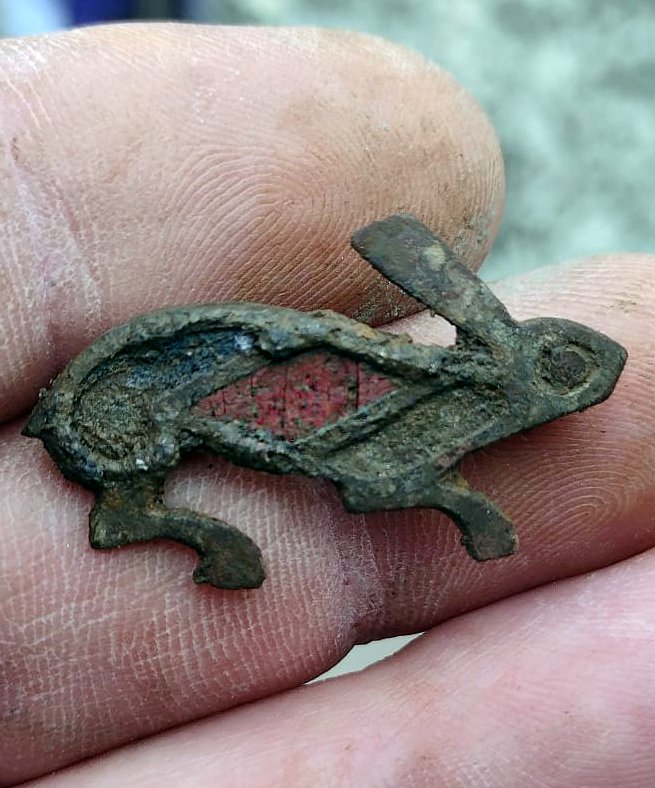
Symbolism of Hares
Hares historically symbolize fertility, spring, and renewal due to their energetic behavior in the breeding season, leading to the saying “as mad as a March hare.” They are also linked to the Germanic goddess Eostre.
Historical Context
Hares were already present in Britain before the Romans, and Iron Age people respected them. Julius Caesar noted that Britons considered it illegal to eat hares.
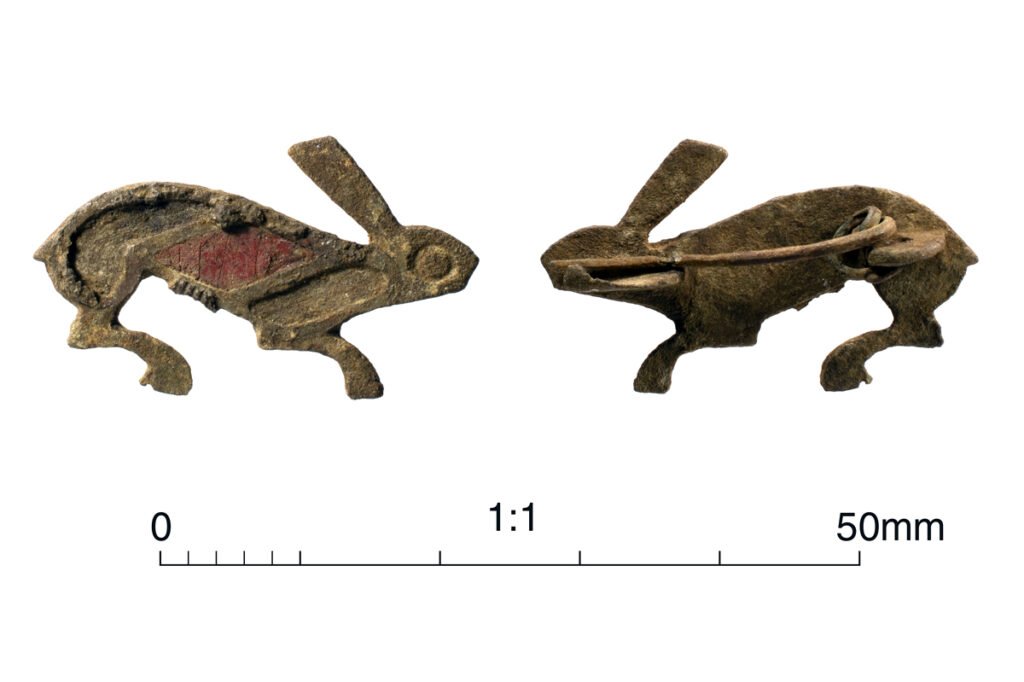
Roman Consumption
In the Roman era, hare bones were commonly found in waste, indicating they were consumed. Hare coursing was popular, and hunting scenes featuring hares were frequently depicted in Roman art.
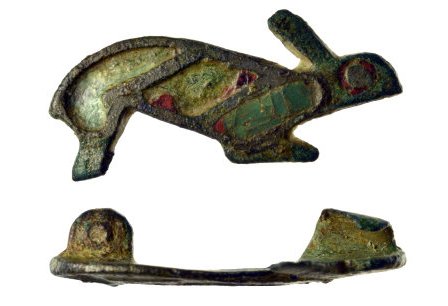
Rarity of Resting Hares
Images of resting hares, such as the Corinium hare mosaic, are rare compared to other representations.
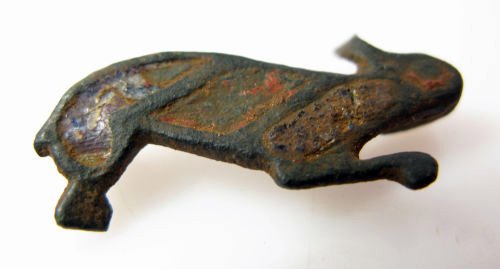
Description of the Brooch
This brooch is part of a series identified by Donald Mackreth as the ‘OBJECT’ class, showcasing animals on items. The running hare design is decorated with enamel and dates to the 2nd century AD.
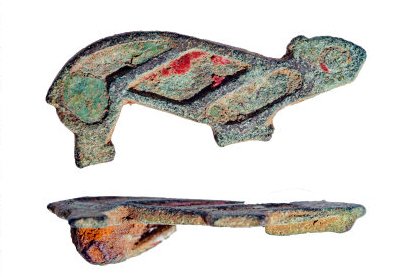
Similar Brooches
Two comparable brooches are listed in Mackreth’s 2011 catalog from Salisbury and Dorchester, with others found in Suffolk and Lincolnshire.

